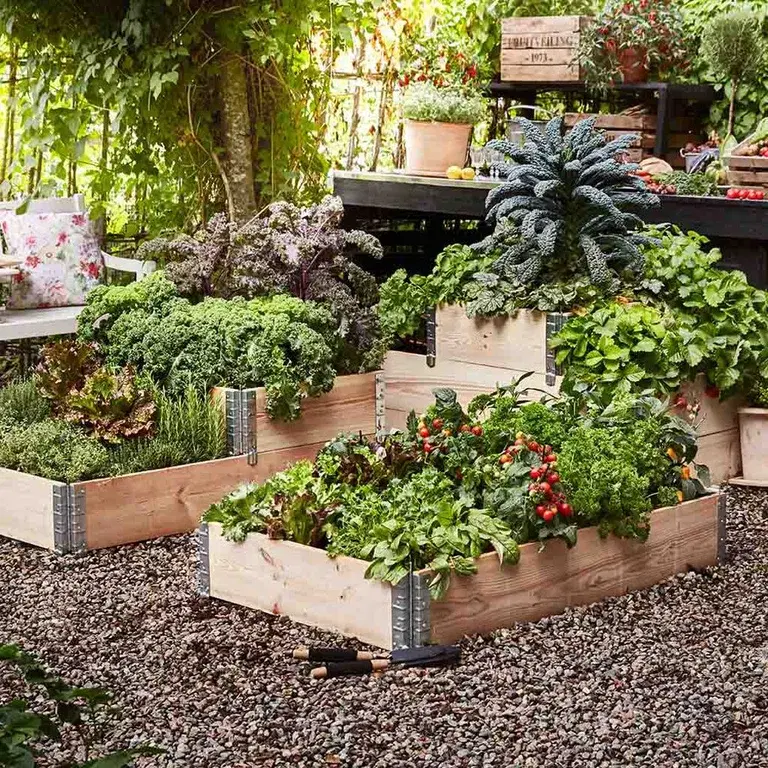Everlasting flowers – grow flowers you can dry
Sometimes you want to extend the experience of certain flowers. In many cases, the blooming period is quite short, which means you have little time to enjoy the sight of the flowers.

Tips and advice on caring for everlasting flowers
Since everlasting flowers, also known as immortelles, make up a large group of plants, their cultivation and care will vary somewhat from variety to variety. The easiest approach is perhaps to first decide which types you want to use as everlasting flowers, and then look into the specific conditions each one requires. In general, however, we can say that everlasting flowers are hardy plants that tolerate strong sunlight. They prefer a bright and sunny location, whether placed indoors or outdoors.
Growing everlasting flowers
It is recommended to start everlasting flowers indoors in small greenhouses to make them as vigorous as possible and prepare them for life outdoors in a flower bed or in an indoor pot. Make sure the soil they are in is porous and well-fertilized, and that it never dries out.
Harvesting and drying
If you are going to dry everlasting flowers, you should pick them on a warm morning, just as they have fully bloomed. Then, tie them together into a bouquet and hang them upside down – preferably in a dark and cool place, so the colors are preserved as well as possible.
Everlasting flowers – eternal enjoyment
Although the purpose of everlasting flowers is often to dry them, this is not a necessity. This group includes many very easy-care flowers that thrive indoors in pots or as part of a mixed flower bed. They don't require much maintenance and provide very beautiful, hardy, and robust flowers, which is also one of the reasons they are so well-suited for drying.
The group of everlasting flowers includes a wide range of plants. Rhodante, strawflower, and knapweed are just a small fraction of the plants that fall into this category. Many flowers in the daisy family are very suitable as everlasting plants. You can also include asters, flowers with tubular crowns, and globe thistles in this group. If you have roses, scabiosa, marigold, heather, delphinium, various bulb flowers, monkshood, buttercups, sea buckthorn, or sedum, you can also use these as everlasting flowers. Remember that you don't necessarily have to dry them: Everlasting flowers stay beautiful for a long time as regular cut flowers in a vase.
Plants with a short blooming period often require a lot of care and attention to make the flowers as beautiful as possible. However, there is a solution for those who want to enjoy the flowers for a long time: a group of flowers known as immortelles, or everlasting flowers.
Some facts
- Well-suited for drying
- Retains shape and color for a long time, including as cut flowers in a vase
- Very easy to grow
- Hardy and resilient when planted in the ground
- For a flower to be called an immortelle or "everlasting flower," it must largely retain its color and petals during drying
- Everlasting flowers is a collective term for plants that are suitable for drying
- Has existed in Scandinavia since the 1700s
Read more:
You are here:















